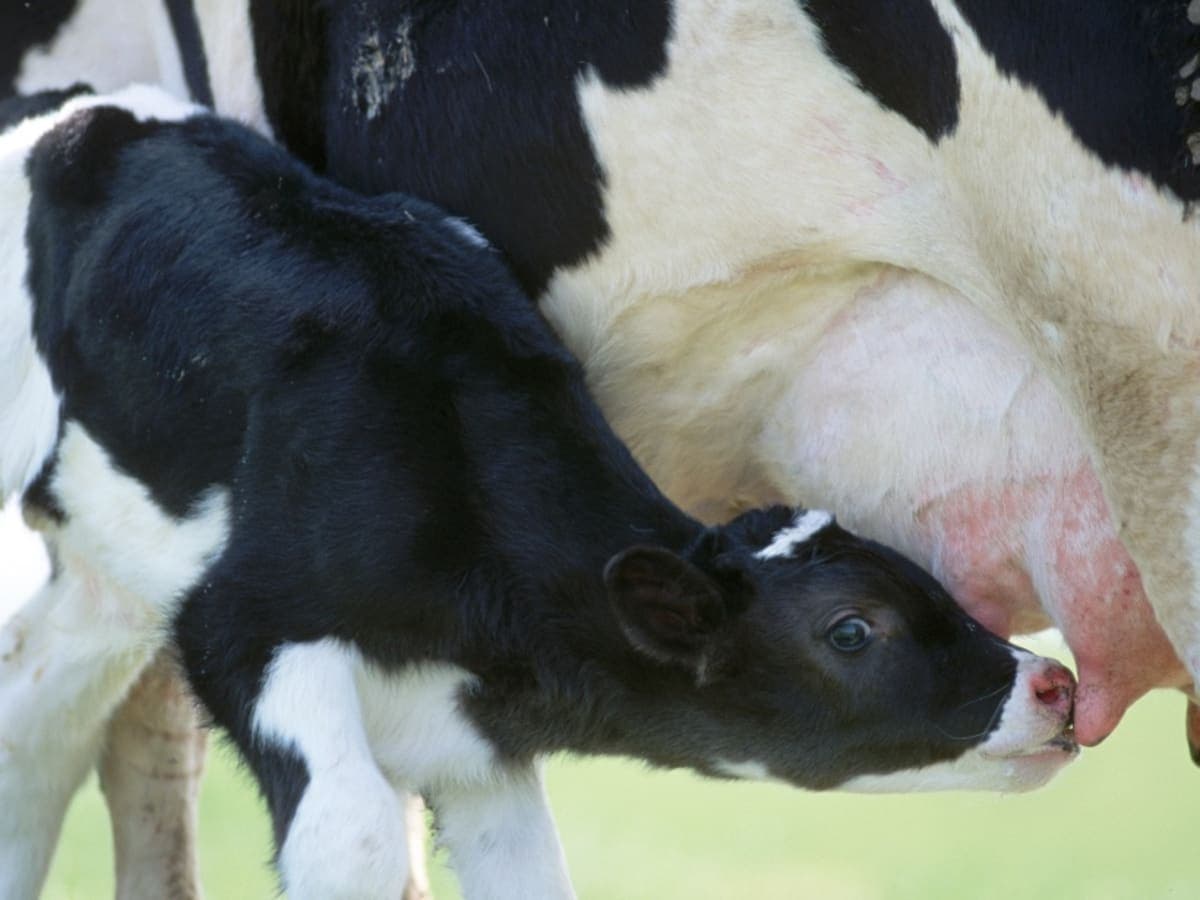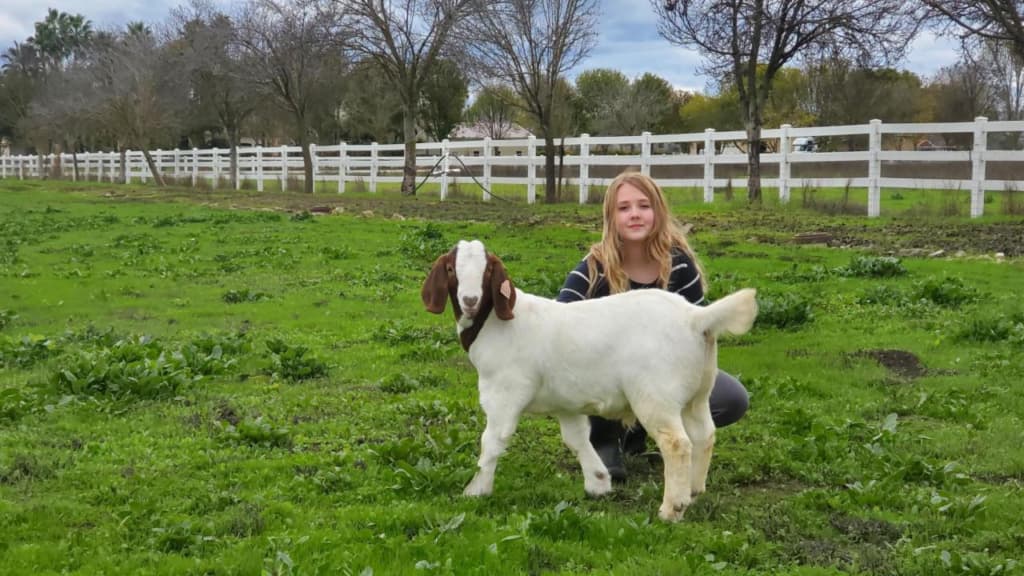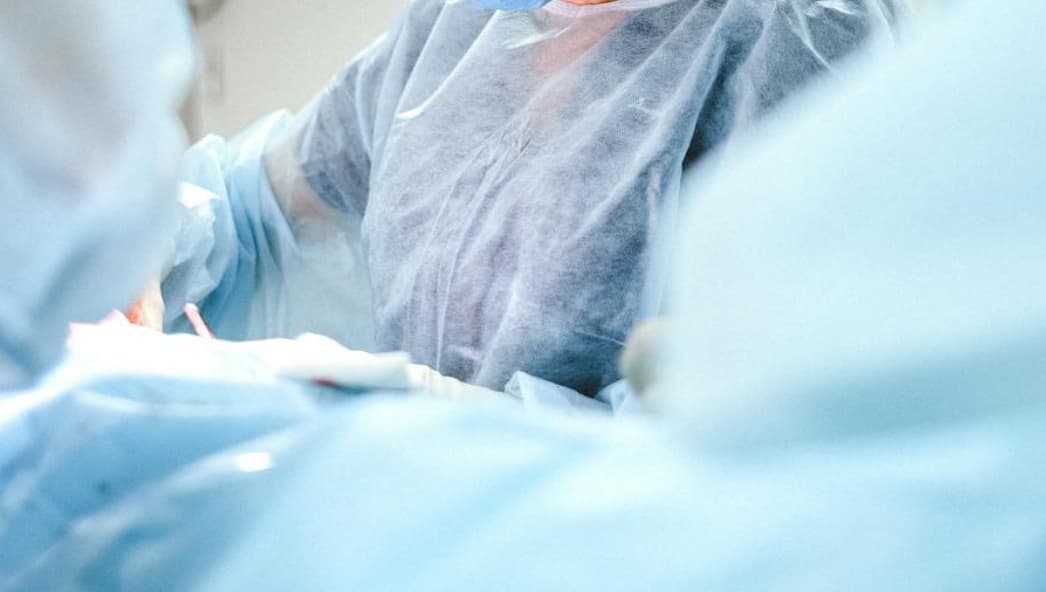Fetotomy is a specialized veterinary surgical procedure employed to safely remove a deceased fetus from the womb when performing a Caesarean section is not feasible. This intervention is particularly considered in situations where transporting the animal to a facility equipped for more invasive surgery is not possible or practical.
The Procedure of Fetotomy
In instances where the fetus has expired prior to the completion of the birthing process, and the circumstances do not allow for a Caesarean section, a fetotomy offers an alternative approach. The procedure involves the careful dissection of the deceased fetus to ensure the least amount of trauma and discomfort to the mother. It is meticulously performed by a veterinarian, utilizing specialized instruments designed for this purpose. The objective is to facilitate the removal of the fetus in a manner that safeguards the well-being of the mother.
Indications and Applications
Fetotomy is predominantly indicated for larger animals, considering the necessity for the birth canal to accommodate the instruments used in the procedure. This method is a critical option in veterinary medicine, providing a solution in complex birthing scenarios where other surgical interventions are not viable. It underscores the importance of specialized surgical techniques in the comprehensive care and management of animal health, particularly in obstetric emergencies.
Ethical Considerations in Performing Fetotomy
In the realm of veterinary medicine, fetotomy emerges as a procedure fraught with ethical implications. The decision to proceed with fetotomy hinges on a comprehensive assessment of the animal’s health, the welfare of the fetus, and the overarching goal of minimizing suffering. Ethical considerations extend to ensuring that the procedure is only performed when necessary and that all alternatives have been exhaustively explored. Veterinarians are tasked with navigating these ethical waters, balancing the physical health of the mother with the emotional impact of losing a fetus. The principle of “do no harm” is paramount, guiding veterinarians towards making compassionate, informed decisions that prioritize the well-being of both the mother and the fetus.
Technological Advancements in Fetotomy Procedures
The field of veterinary obstetrics has seen significant technological advancements that have refined fetotomy procedures, enhancing both safety and efficacy. Innovations such as ultrasound-guided techniques and the development of more precise surgical instruments have dramatically improved the ability to perform fetotomies with minimal discomfort to the mother.
These advancements not only allow for a more nuanced approach to the procedure but also contribute to quicker recovery times and better overall outcomes for the mother. As technology continues to evolve, it holds the promise of even more sophisticated approaches to managing obstetric emergencies in veterinary practice, further reducing the risks associated with fetotomy.
Training and Expertise Required for Fetotomy
The successful execution of fetotomy demands a high level of expertise and specialized training. Veterinarians must undergo comprehensive education in the anatomy and physiology of large animals, as well as extensive hands-on training in surgical techniques. This preparation is crucial for ensuring that the procedure is performed efficiently, safely, and compassionately.
Continuing education plays a vital role in maintaining the veterinarian’s skills, keeping them abreast of the latest advancements in tools, techniques, and best practices. As fetotomy remains a challenging procedure, the depth of a veterinarian’s knowledge and experience significantly influences the likelihood of favorable outcomes.
The Role of Fetotomy in Modern Veterinary Practice
Fetotomy, despite its complexity, occupies a critical role in modern veterinary practice, particularly in the management of birthing emergencies in large animals. Its value extends beyond the immediate resolution of obstetric complications; it also has implications for the long-term reproductive health of the animal.
By providing a viable alternative to Caesarean sections under specific conditions, fetotomy contributes to the broader objectives of veterinary obstetrics: to preserve life, minimize suffering, and maintain or enhance the reproductive capacity of animals. As such, it exemplifies the multifaceted challenges and rewards of veterinary medicine, reflecting the profession’s commitment to life-saving interventions.
Key Considerations in Fetotomy
- Animal Size: Primarily indicated for larger animals where the birth canal accommodates specialized instruments;
- Fetal Condition: Specifically employed for deceased fetuses when natural or Caesarean birth is not possible;
- Veterinary Expertise: Requires a veterinarian skilled in the procedure to minimize trauma to the animal;
- Instrumentation: Utilizes specific tools designed for dissecting and removing the fetus safely;
- Post-Procedure Care: Essential for the mother to prevent infection and promote recovery.
Comparative Table: Fetotomy vs. Caesarean Section
| Aspect | Fetotomy | Caesarean Section |
|---|---|---|
| Indication | Deceased fetus; larger animals | Live fetus; risk to mother or fetus |
| Procedure Location | Field conditions where transportation to a facility is not feasible | Veterinary hospital or clinic with surgical facilities |
| Recovery | Generally quicker due to less invasive nature | Longer, as it involves major surgery |
| Instrumentation | Specialized instruments for dissecting fetus | Standard surgical tools |
| Skill Level | High level of expertise required for minimizing trauma | Requires surgical expertise but is a more common procedure |
| Risk to Mother | Lower if performed correctly | Higher due to the nature of surgery |
This comparative analysis highlights the distinct differences and considerations between fetotomy and Caesarean section, providing insight into the decision-making process for veterinarians faced with obstetric emergencies in animals.
Conclusion
Fetotomy represents a critical, though complex, surgical procedure within veterinary obstetrics, offering a necessary intervention in circumstances where other options are limited. The evolution of this procedure, underscored by ethical deliberation, technological advancement, and the requisite expertise, highlights the veterinary profession’s dedication to animal welfare and medical innovation.
As technology and training continue to advance, fetotomy will undoubtedly become even more refined, further minimizing risks and enhancing outcomes for both animals and their caretakers. In navigating the challenges of veterinary obstetrics, professionals reaffirm their commitment to life, health, and the ethical stewardship of all animals in their care.



